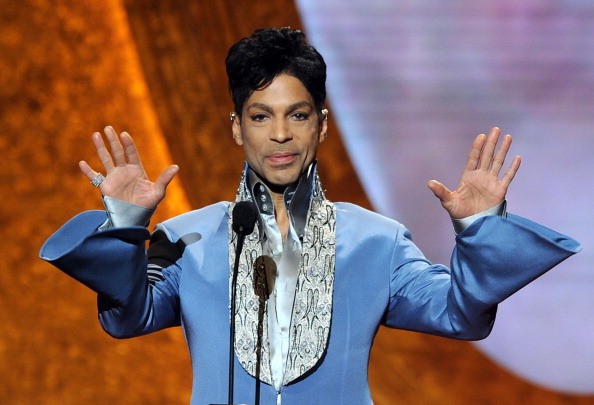The artist known as Prince was found dead on the floor of his Paisley Park mansion's elevator one year ago. The coroner concluded that he died from an accidental overdose of fentanyl.
The news came as a shock and many of the artist's friends were surprised that Prince was addicted to fentanyl when he swore off alcohol and marijuana. It is also unknown where the artist obtained the drug.
Van Jones is a political commentator and activist who was a friend of Prince's.
He said, "I miss him a lot more than I thought I would. You never get past it. You could be sitting in your car, and all of a sudden a Prince song comes on, and you're thinking about him again."
Authorities suspect that Prince was able to obtain his stash of fentanyl from the black market because the singer did not have any documentation or prescription on the drug. The source of the drug is very hard to trace.
The death of Prince came at a time when the U.S. is facing an upsurge of deaths from fentanyl overdose. The Drug Enforcement Agency reported that massive shipments of fentanyl are coming from China.
Many of the dealers are mixing fentanyl with heroin, which gives addicts a higher level of addiction.
In 2015, 33,000 people have already died in the U.S. due to fentanyl overdose. There have been massive shipments of fentanyl that were seized in British Columbia and Alberta.
"Prince's death has raised the profile of the opioid crisis even further," said Dr. Chris Johnson, chairman of the Minnesota Department of Human Services Opioid Prescribing Work Group.
China, last year, already banned four types of fentanyl.
Minnesota is now studying how pain medication and opioid prescription can be regulated.
"Even though Prince's final dose and exit was illicit," Johnson said, "the reason he needed it was because of the years of prescriptions that got him on that path."



























